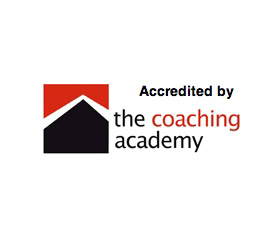Diverse Voices – Essential Elements For Governing With Impact

The Charity Governance Code introduced a brand new principle. Principle 6 of the Code states “ The board’s approach to diversity supports its effectiveness, leadership and decision making”. It goes on to say that boards whose trustees have different backgrounds and experiences are more likely to engage in debate and to make better decisions. Diverse boards include a range of perspectives, skills and experiences. By strengthening decision making against the backdrop of a range of options and stress tested solutions, diversity can be one approach to risk management. Yet recent research by Getting On Board ‘Where next for trustee recruitment’, shows that 59% of charity boards are not representative of the communities they serve. Evidence based research by RSM shows how charities are underperforming in attracting and maintaining diversity at board level.
The code recommends that:
- The board periodically takes part in training and reflection about diversity and understands its responsibilities relating to diversity.
- The board makes a positive effort to remove, reduce or prevent obstacles to people being trustees.
- The board allocates budgets to achieve diversity objectives.
- Chairs play a vital role in shaping the diversity framework, asks for regular feedback on how meetings can be made more. The effective Chair creates an environment where trustees can constructively challenge each other and all voices are equally heard.
Thought diversity is increasingly emerging as an important route to increase leadership effectiveness. “Diversity for good”, a recent McKinsey study shows that an effective organisation, no matter what sector it is in needs to be composed of a group of people, supported in a safe environment, think differently. In such communities of interest, people are able to share and demonstrate how their difference enhances the delivery of the vision.
Increased impact is brought about by understanding specific strategies that support growth priorities and better delivery. Such strategies include attracting and retaining the right talent and strengthening decision-making capabilities and competencies. Boards, staff, volunteers and those who access services define what matters in these range of relationships and agree the outcomes that matter to them.
Finding the right mix of individuals to work on teams and creating the conditions in which they can excel are key goals for today’s leaders. How people interact with each other once they in the roles is vital in achieving the necessary impact, to access talent, enhanced decision making and to achieve better engagement with people who use the services. Setting a clear framework from the beginning matters. In my next blog I will publish a few case studies of organisations that are successfully and remarkably navigating the diversity terrain to achieve increased impact.






